Even the strongest supporters of artificial intelligence (AI) powered tools will admit that the hype can get out of hand. App developers and marketing teams like to make extraordinary promises and claims in lieu of simply pointing to real-world AI examples in the wild, of which there are many.
Yet AI isn’t relevant because it’s trendy or futuristic. While it still has a lot of room to improve, it’s solving real problems right now — and the benefits of AI are clear. If you want to cut costs, increase revenue, and deliver better customer experiences, there’s already a lot it can do.
Whether you’re after some inspiration for artificial intelligence use cases in your industry or a broader survey of AI in business and daily life, this article is for you. We’ll provide you with 30 examples of interesting AI applications across healthcare, finance, e-commerce, marketing, and half a dozen other verticals. We also cover everything from increasing productivity and optimizing budget allocation to enhancing security and speeding up support. Best of all, we’ve included plenty of tools and technologies that are as accessible for freelancers as they are for Fortune 500s.
AI examples in healthcare
Far from replacing humans, AI is making it easier than ever for healthcare professionals to see more patients and provide faster, more affordable services. With its vast training datasets, from pharmaceutical information to medical imaging, AI systems are especially effective at uncovering patterns that humans miss — leading to earlier interventions and better health outcomes.
One particularly inspiring example of tangible, measurable good enabled by AI is the Health Acoustic Representations model, which can detect early symptoms of tuberculosis in recordings of patients’ coughs. Other examples include
- A model fine-tuned on disease outbreaks linked to environmental conditions that helps experts identify likely outbreaks before they happen
- An AI project at Dayton Children’s Hospital informs chemotherapy treatment decisions for pediatric leukemia cases by predicting drug responses with 92 percent accuracy
- Wellness AI agents answer patient questions based on existing documentation and protocols, generating personalized health questionnaires and follow-up questions
Healthcare was one of the earlier applications of AI, and it’s getting better every day. There is a stream of new models and virtual agents augmenting human expertise, improving diagnostic accuracy, and expanding access to timely, personalized care.
AI examples in finance
Between detecting fraudulent transactions in milliseconds and analyzing budgets and portfolios, artificial intelligence is enabling financial institutions to operate more swiftly and securely.
Zest AI, for instance, processes and analyzes transaction data beyond what traditional credit scoring firms process. This lets Zest lend to people unable to build credit the “old way,” while decreasing default rates. But it isn’t the only one leveraging AI in this industry:
- PayPal managed to reduce fraud losses by 20 percent at the same time it reduced false positives by 30 percent.
- JPMorgan’s Contract Intelligence tool saved more than 360,000 hours of labor by using AI for contract reviews.
- Browser-based AI agents tailored for finance combine natural language processing and proprietary databases to initiate or block transactions based on patterns that would take human analysts much longer to detect.
There’s already an extraordinary amount of innovation and advancement in this field. And, despite AI still being in its nascent stages, it’s not too early to begin adopting and fine-tuning your own tools.
AI examples in marketing and advertising
Automated “auctions” for pay-per-click ads have used what some people call AI for almost two decades. But with the recent advances in generative tools, marketers are using artificial intelligence to create increasingly personalized content marketing and advertising.
One of the most impactful uses of AI in marketing is sentiment analysis. That’s what Unilever was after when it built a system to analyze and tag previous campaigns. This informed future design choices, leading to campaigns that took half as much time to plan while still generating more engagement. Some other AI examples include:
- In 2021, nearly 25 percent of all Starbucks orders in the U.S. were made through the company’s app, thanks to AI that predicts individual purchasing habits and preferences.
- Marketing AI agents embedded into forms and other tools adapt to patterns in customers’ and leads’ behaviors, producing answers and responses that get better over time.
What once required incredible amounts of computing power and developer expertise is now available, to everyone, as a monthly subscription. There’s never been a better time to be a small or medium-sized business online.
AI examples in retail and e-commerce
Like in marketing and advertising, artificial intelligence is broadly useful in retail and e-commerce — helping both online and offline sellers, large and small.
Often, the best place to start is with an AI agent for your shop. Fine-tune one to mimic your brand voice, have it ingest all of your product data, and let it start learning from customer interactions. Here are some brands that have done exactly that:
- Yves Rocher used AI for personalized recommendations (even for shoppers who didn’t log in), reportedly increasing its purchase rate by 11 times.
- Luxury e-commerce site House of Things used computer vision to let users search for products by photo or hand-drawn sketch, which led to 18 percent more upsells.
- Incu, a Shopify seller with 10 physical locations, boosted its revenue by 26 percent within a week of rolling out intelligent inventory management and analysis.
Incorporating AI into retail operations yields results. And it tends to do so faster than almost any other upgrade you can make to your shop.
AI examples in manufacturing and supply chain
Investing in durable, reliable, and efficient supply chains is one of the best investments a materials-based company can make. It ensures that you thrive in unpredictable and competitive markets. It was also one of the earliest applications of AI in business, and it’s had a longer runway than most of the other industries on this list.
In terms of what’s happening “in the wild” today, Siemens has improved productivity in its robotics systems by 20 percent thanks to AI that identifies bottlenecks early and adjusts downstream workflows accordingly, representing a use case that’s popular across the industry:
- IBM has built preventative maintenance tools that predict downtime based on known risks and address them before anything actually goes wrong.
- Jotform’s manufacturing AI agents dynamically update production and quality control forms based on previous responses and current conditions.
With increasingly frequent supply chain disruptions, labor shortages, and shifting customer demands, AI solutions are on their way to becoming the price of admission for anyone working in manufacturing.
AI examples in education
While most of the chatter around AI in schools has focused on how students use it to get around homework and tests, there are encouraging case studies around how teachers are using it to personalize lessons for individual learners.
Take New Town High School in Australia, which established each student’s baseline ability with the Maths Pathway AI program and then planned and paced an individualized curriculum. Since there are few, if any, geographic or linguistic barriers to AI access, there are case studies like this all over the world:
- Researchers in the state of Georgia found that AI science tutors improved student engagement and reduced the time required for teacher assessments.
- In Ohio, teachers are using generative AI to create role-playing scenarios and critical-thinking exercises.
- AI assistants in education are being deployed across the board to turn administrative tasks and even homework into intelligent, interactive experiences.
These apps and agents can handle everything from enrollment to academic surveys by embedding AI directly into classroom materials — guiding students with dynamic questions, real-time validation, and adaptive routing.
AI examples in transportation and autonomous vehicles
You don’t have to live in a city with Robotaxis to see how AI is enabling smarter, safer, and more efficient transportation systems. Intelligent traffic management platforms are reducing congestion, public transportation providers are using AI for fleet management, and carmakers are developing models that learn and adapt to individual drivers’ behaviors.
Improvements to transportation infrastructure are among the easiest to quantify and benchmark. And there’s perhaps no better example of this than Waymo, which compared its autonomous vehicle statistics to those of human drivers and noticed a 78 percent reduction in injury-causing crashes. Other real-world deployments include:
- In the city of Pittsburgh in Pennsylvania, AI traffic lights reduced emissions by 21 percent and travel times by 26 percent.
- BMW vehicles use machine learning to analyze driving patterns and suggest settings or features aligned with driver behavior.
- Transportation-booking AI agents have helped companies create conversational interfaces that collect and process travel- or logistics-related questions.
In fact, it’s likely that you’re already interacting with AI on the road without consciously noticing it. And, hopefully, we’ll see more and more evidence that it’s increasing road safety as time goes on.
AI examples in entertainment and media
It would almost be hard not to notice how artificial intelligence has already reshaped the entertainment and media landscape. It’s turned every step of the production pipeline upside down, from content creation to audience engagement. What started as intelligent recommendation engines has evolved into fundamentally different, more advanced forms of AI-powered content discovery, distribution, and promotion.
Creators on social media are arguably the biggest beneficiaries of this shift, with AI tools that collect crucial marketing metrics, audience insights, and campaign performance data before turning it into actionable, easy-to-understand suggestions. With better data in hand, businesses can produce higher-converting media just like these organizations:
- The NBA used sentiment analysis on social media to generate 352 percent more views on its videos and an overall 46 percent bump in impressions compared to the previous season.
- A concert venue in New Hampshire turned to Magisto’s AI video editor to churn out seven video ads in less than two days, skyrocketing its clickthrough rate by 200 percent.
- Major League Baseball took advantage of Google’s Vertex AI to personalize everything from translation and localization to which stats and plays fans see in their streams.
We’ve all been using pseudo-AI recommendations for well over a decade. Now, with the arrival of far more capable and complex prediction engines, we can create and consume content in new and novel ways.
AI examples in cyber security
In much the same way that pattern-recognition AI has improved fraud detection in finance, it’s also helping IT professionals flag and respond to threats against networks and personally identifiable information. We’re still not to the point where it can replace human experts, but AI cybersecurity does, generally, highlight suspicious activity and malware campaigns faster than humans do.
Take Darktrace, for instance. Its ActiveAI Security Platform saved one Canadian financial services firm more than 1,100 hours of manual IT forensics. And it’s not the only one:
- In one survey, Microsoft claimed that users of its Security Copilot solution improved response times by 26 percent.
- IT service providers are employing AI agents for cyber security to audit and onboard new clients.
- The U.S.’s Cybersecurity & Infrastructure Security Agency built a generative tool, CISAChat, for searching, creating, and repurposing internal reports and documents.
There is, of course, hesitancy to place artificial intelligence too close to private and privileged data. Even so, we’re light years ahead of where we were a few years ago. And the situation is evolving at a rapid pace.
AI examples in daily life
You can’t open your phone, computer, car, front door, or sometimes even your bathroom without encountering an app or device that claims to use AI. Some are little more than prediction engines, using the wrong technical term to try and ride the wave of hype. But many have changed our daily routines and interactions in significant, meaningful ways.
A Pew Research survey from June 2025 found that 28 percent of U.S. employees have used ChatGPT for work and 22 percent for entertainment. Outside of the office, the stats are similar:
- 26 percent of teens have used ChatGPT for schoolwork.
- Around half of Americans use a voice assistant at least once per week.
- Almost three-quarters of consumers in one survey would put their health and fitness in the hands of an AI personal training agent.
The things that AI in daily life will influence the most run the gamut from news aggregation to personal relationships. And now that we have more tangible evidence to see how it’s being used at work, at school, and at home, we can form better opinions about where it should go next.
The future of AI: Emerging trends and applications
What started as experimental AI tools in research labs has become practical solutions driving measurable results across virtually every sector. And, at least for now, there’s a clear pattern of the best AI models augmenting human productivity rather than displacing it. Whether artificial intelligence takes the form of lesson planner, fraud detector, or product recommender, it’s making it easier for people to enter the market and succeed.
Looking ahead, AI adoption will likely accelerate even further. We’re seeing people begin to move from asking questions like “What are AI agents?” to “How can I build my own AI agent?” And the infrastructure that powers these tools will grow to meet these shifting demands, covering more niche use cases and becoming easier to use and set up.
Chances are good that we’ll see more and more conversational AI in our daily lives, too — assistants at work, tutors in schools, group participants on social media… anywhere we’re already conversing online.
Of course, with any new technology comes new ethical questions and considerations. You’ll see businesses flock to AI providers that can guarantee certain levels of safety, driven by consumer expectations and preferences. Figuring out which tool is the most secure will become as important as determining which tools are most capable.
If you can find a way to blend human creativity and judgment with AI’s potential for analysis, language processing, and presentation prowess, you’ll have an unbeatable advantage.
This article is for business professionals, entrepreneurs, and curious readers who want to understand how AI is transforming industries and everyday life through practical, real-world examples rather than hype.
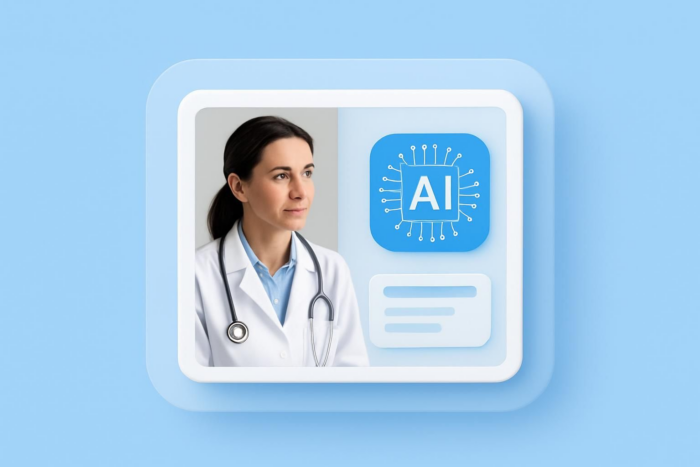

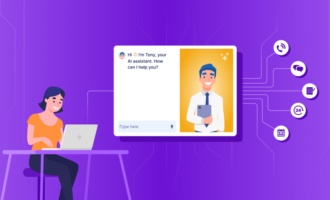
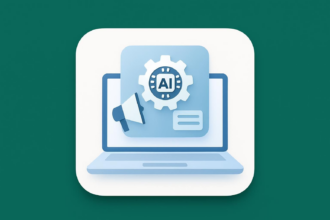
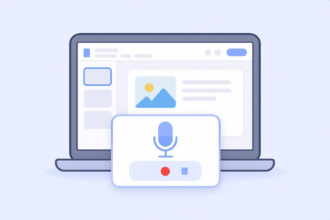
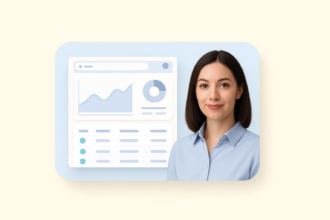
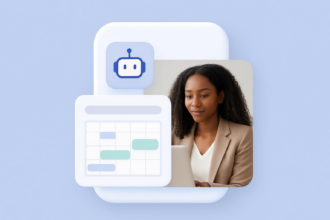
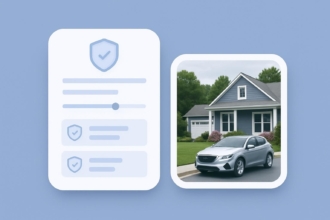







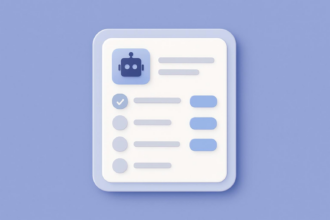

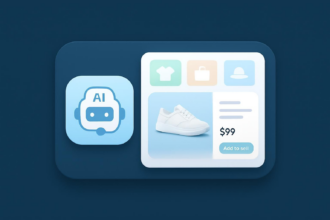


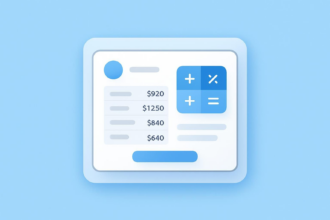
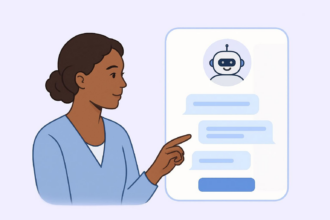
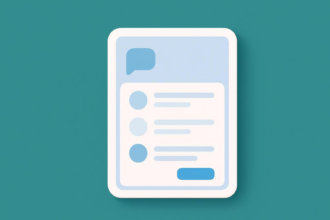
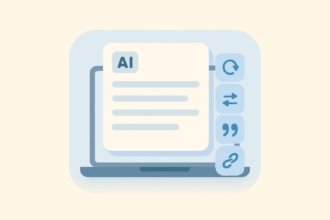
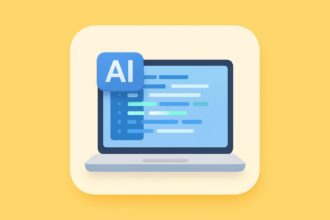
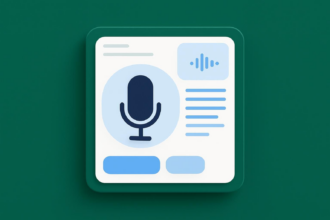
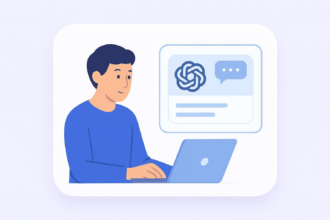




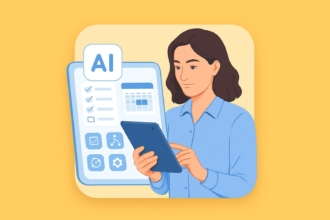





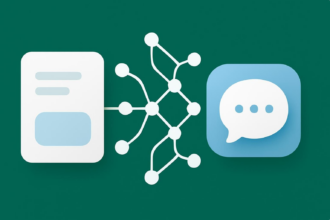
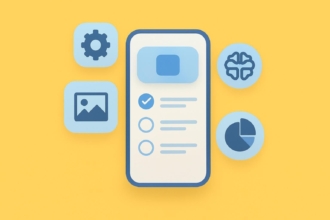


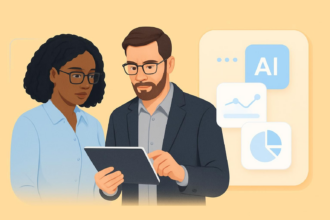

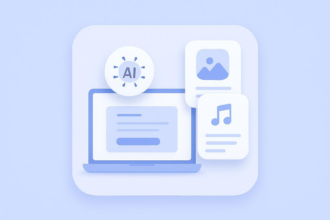

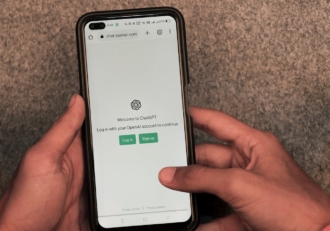

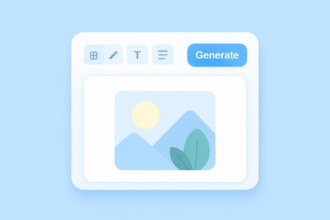
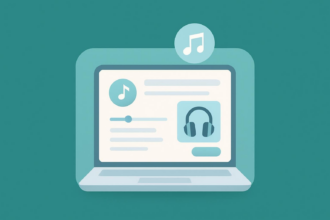

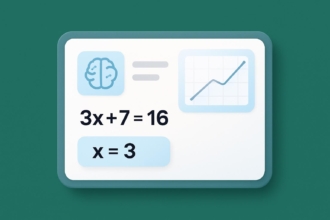
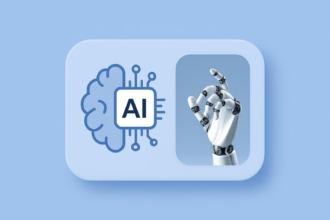

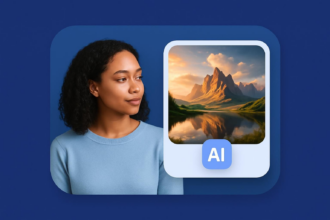
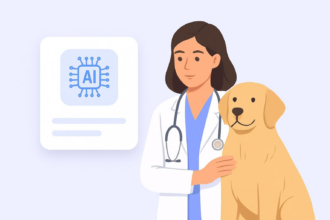
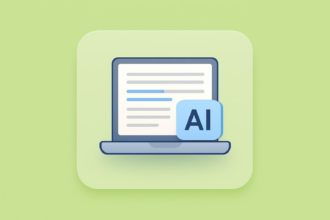

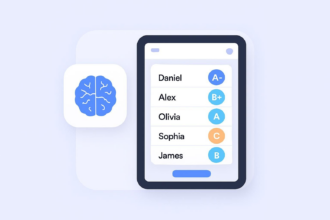

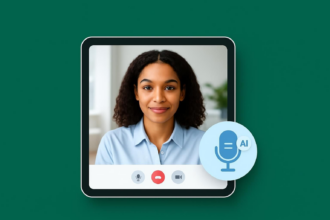
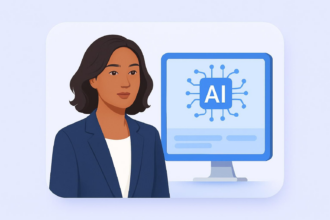
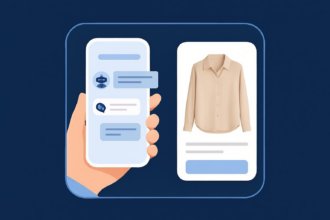

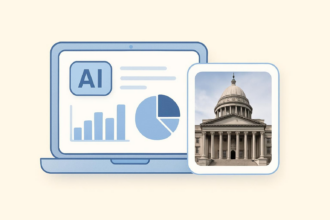


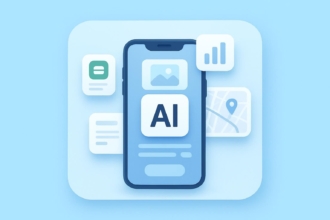
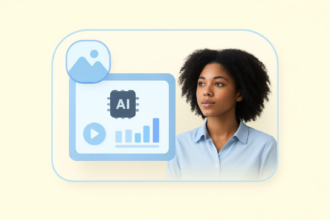
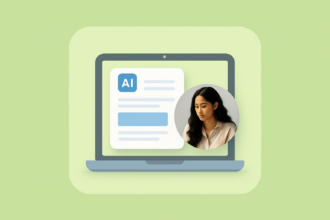
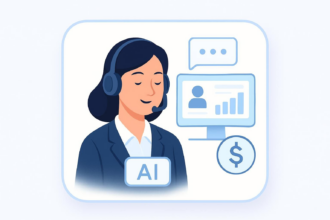

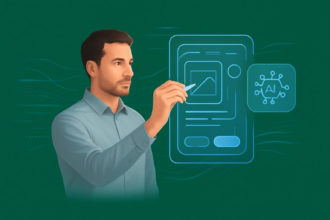
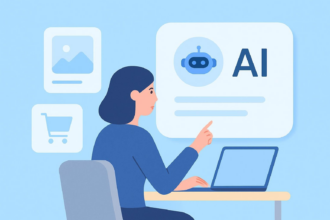

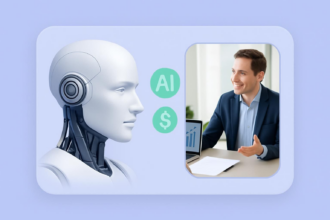
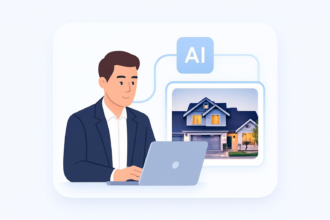




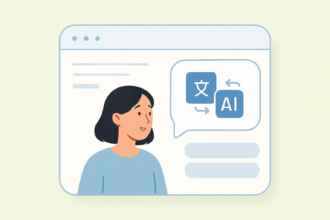

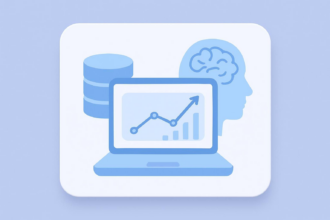

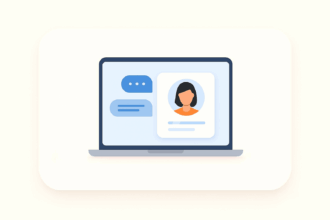
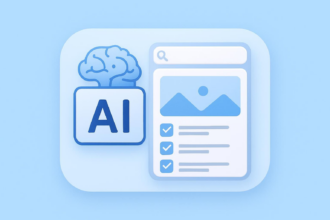


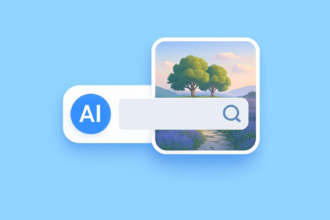


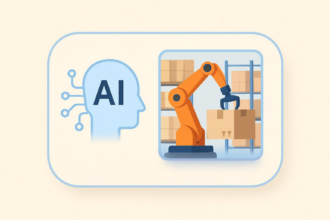

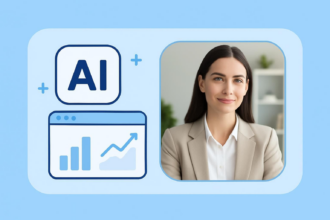
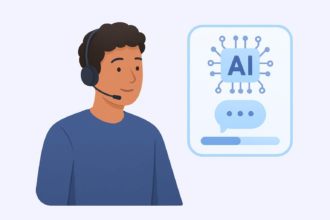
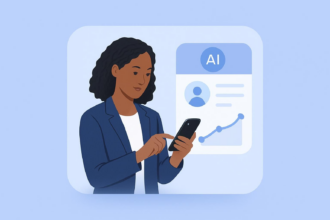



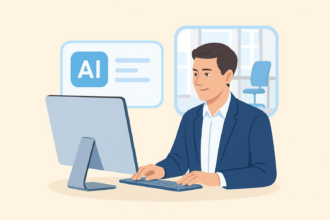


Send Comment: